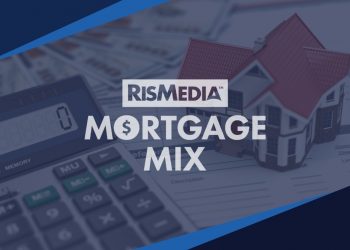The LMI shifts the focus from identifying markets that have recently begun to recover, which was the aim of a previous gauge known as the Improving Markets Index, to identifying those areas that are now approaching and exceeding their previous normal levels of activity. More than 350 metro areas are scored by taking their average permit, price and employment numbers for the past 12 months and dividing each by their annual average over the last period of normal growth.
For single-family permits and home prices, 2000-2003 is used as the last normal period, and for employment, 2007 is the base comparison. The three components are then averaged to provide an overall score for each market; a national score is calculated based on national measures of the three metrics. An index value above one indicates that a market has advanced beyond its previous normal level of economic activity.
“Smaller metros are leading the way to a housing recovery, accounting for 43 of the top 50 markets on the current LMI,” observes NAHB Chief Economist David Crowe. “This is very much in keeping with the results of our previous index for improving markets, and is an indication of the extent to which local economic conditions dictate the strength of individual housing markets.”
“The housing markets of 118 metros scored by the LMI this month show activity levels of at least 90 percent of their previous norms – a very encouraging sign of things to come,” said Kurt Pfotenhauer, vice chairman of First American Title Insurance Co., which co-sponsors the LMI report.
For historical information and charts, visit nahb.org/lmi.










